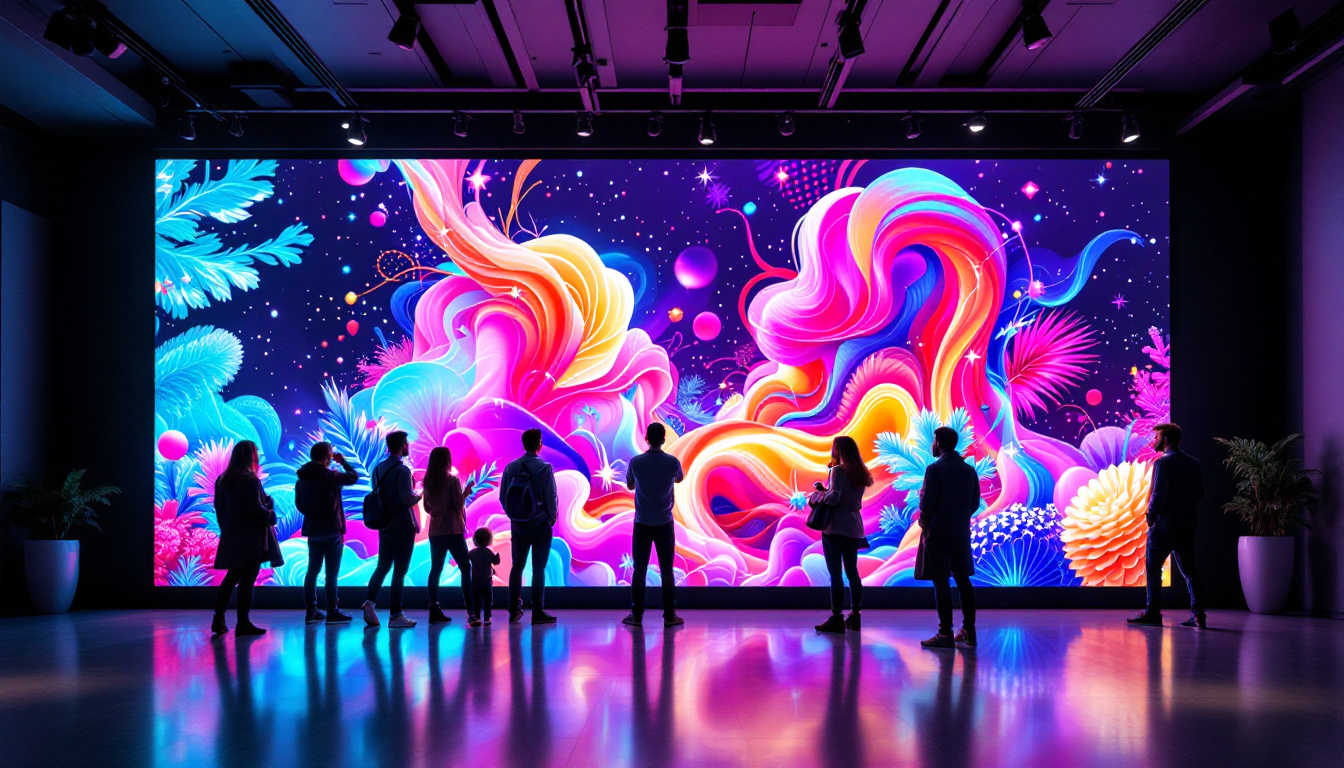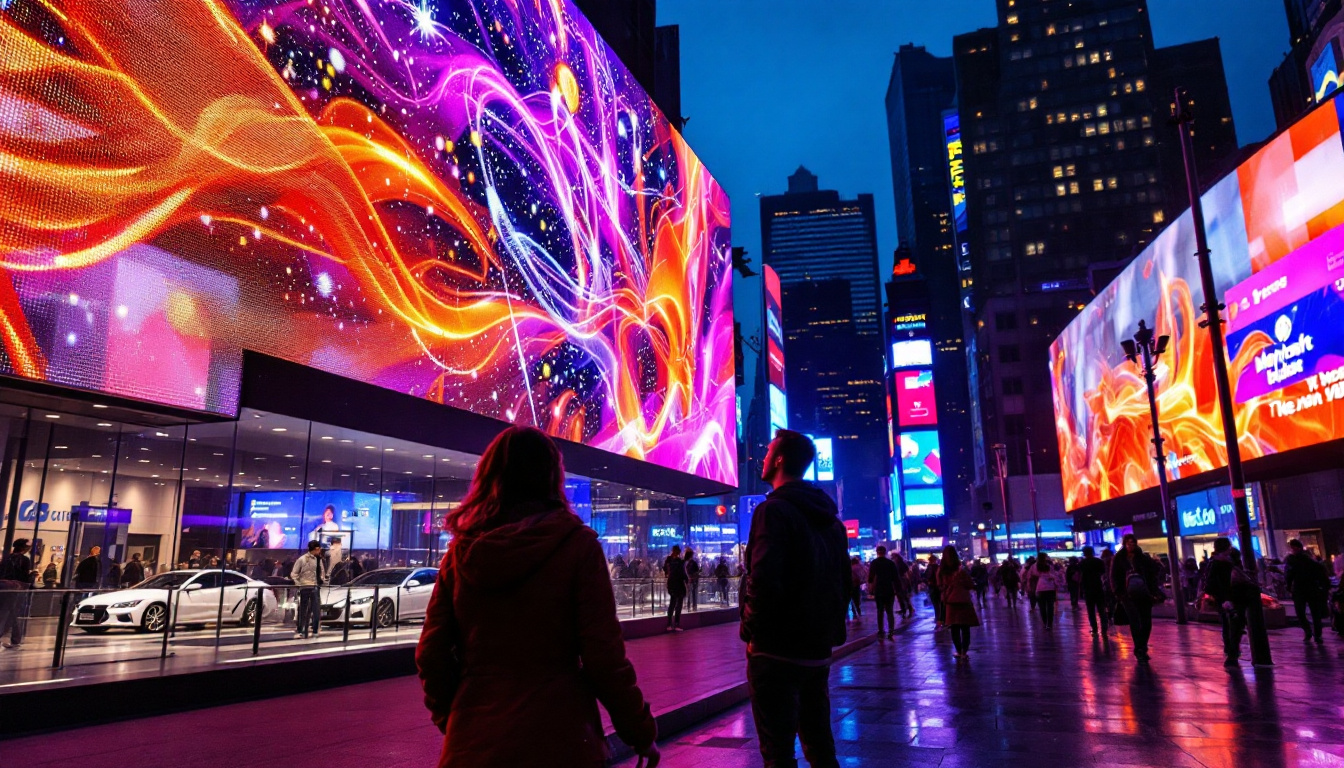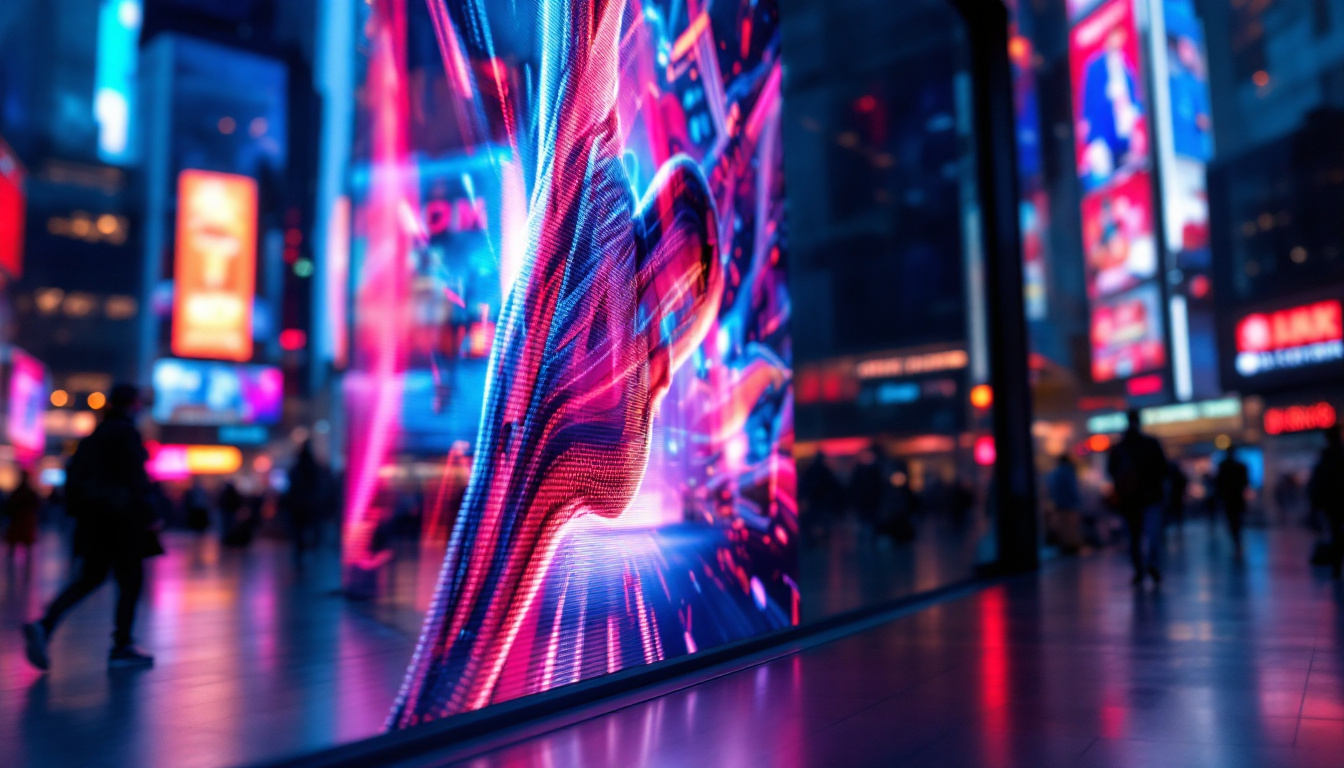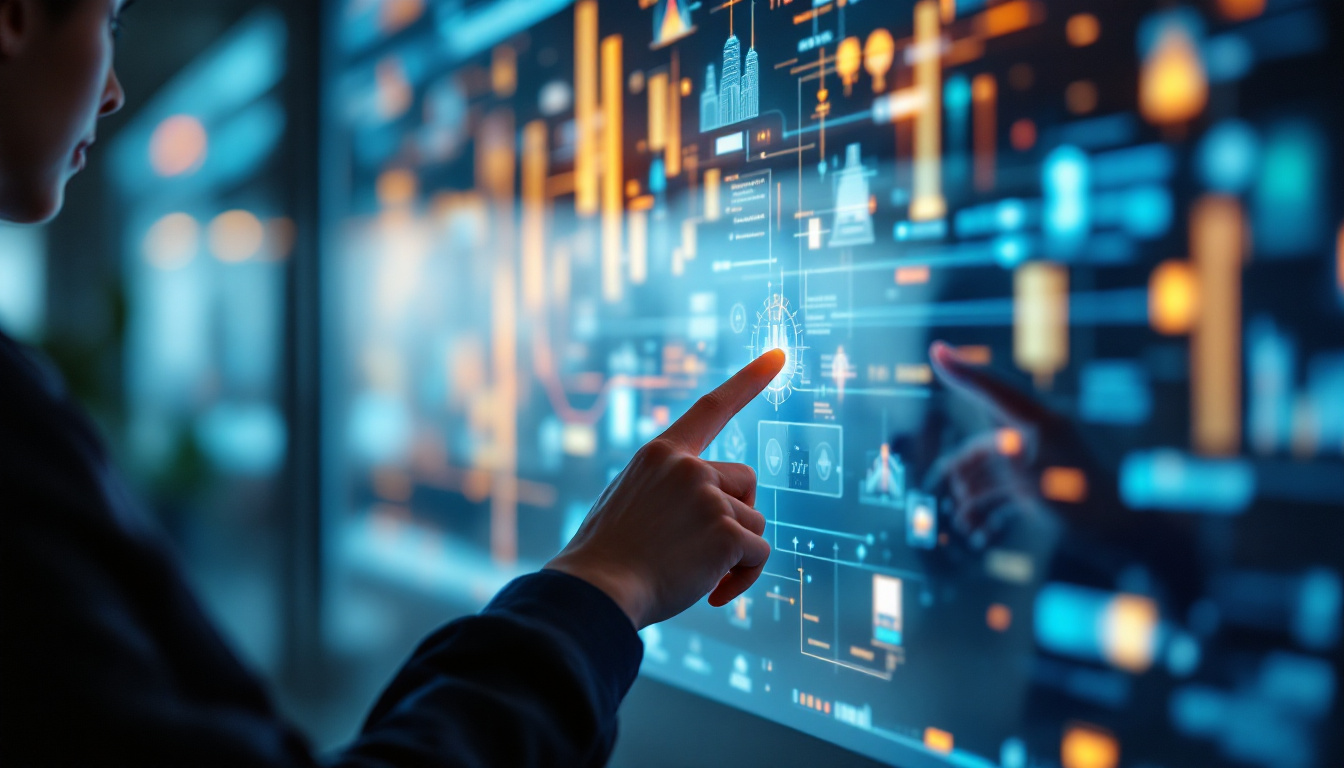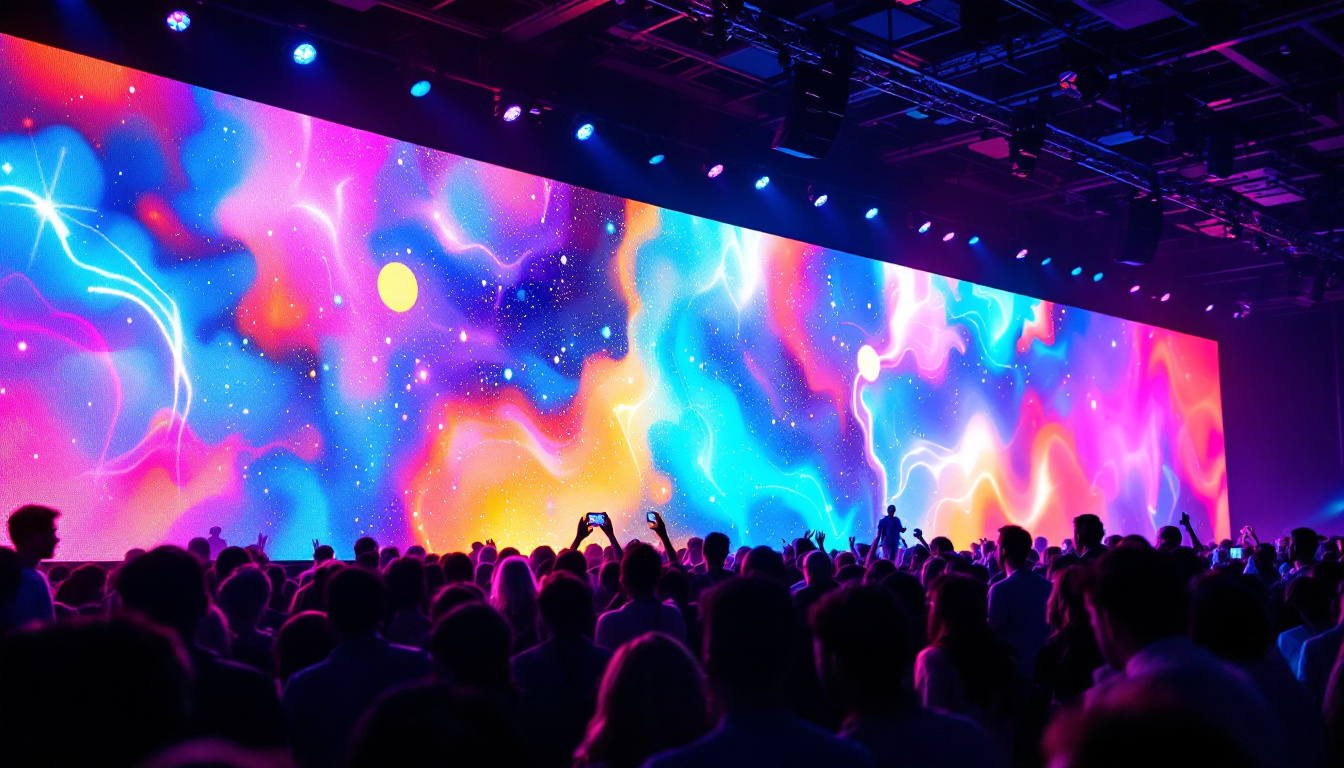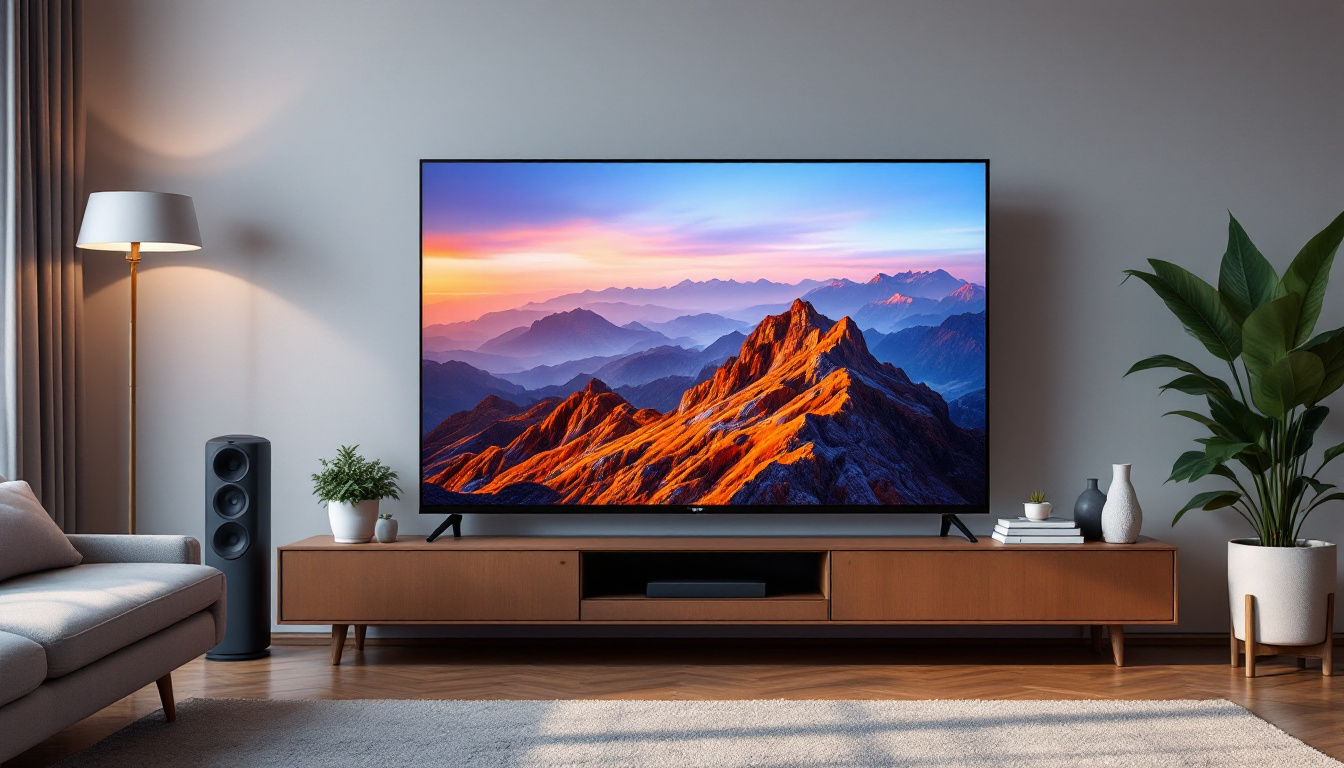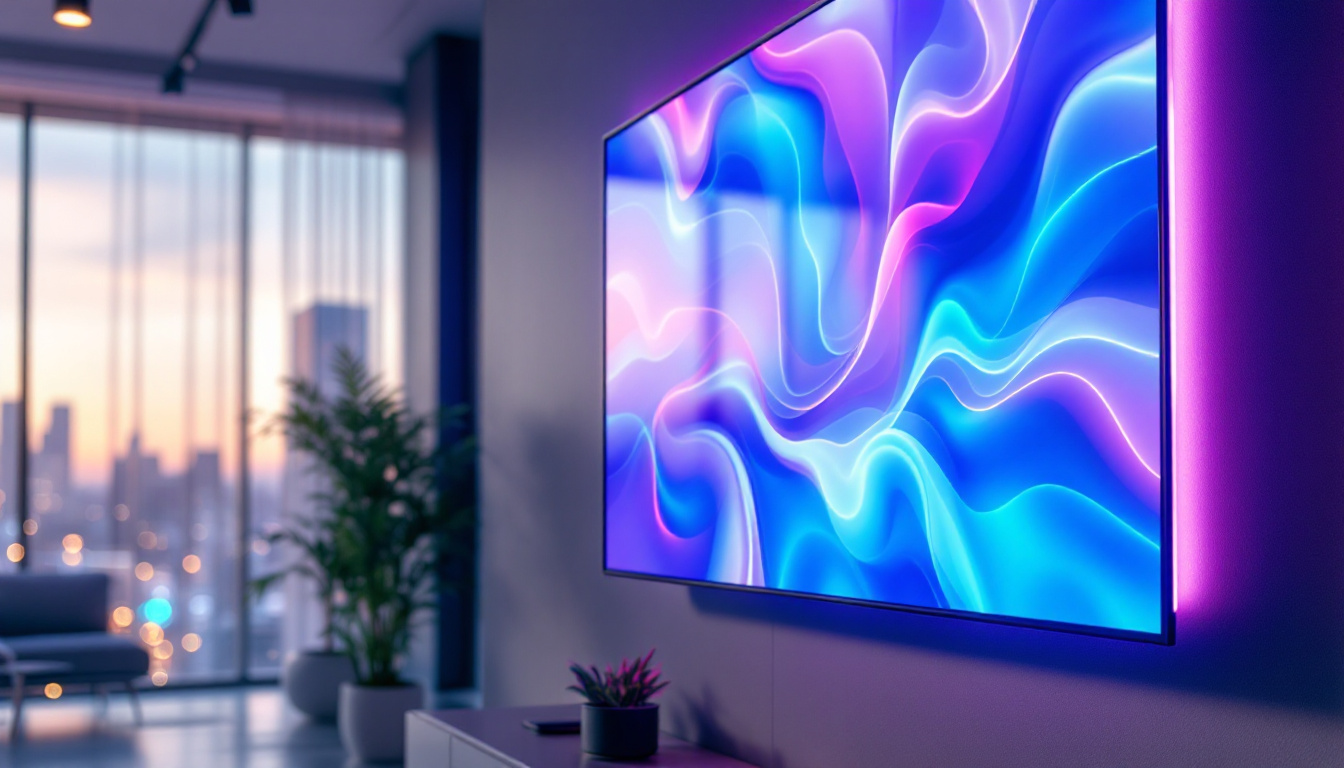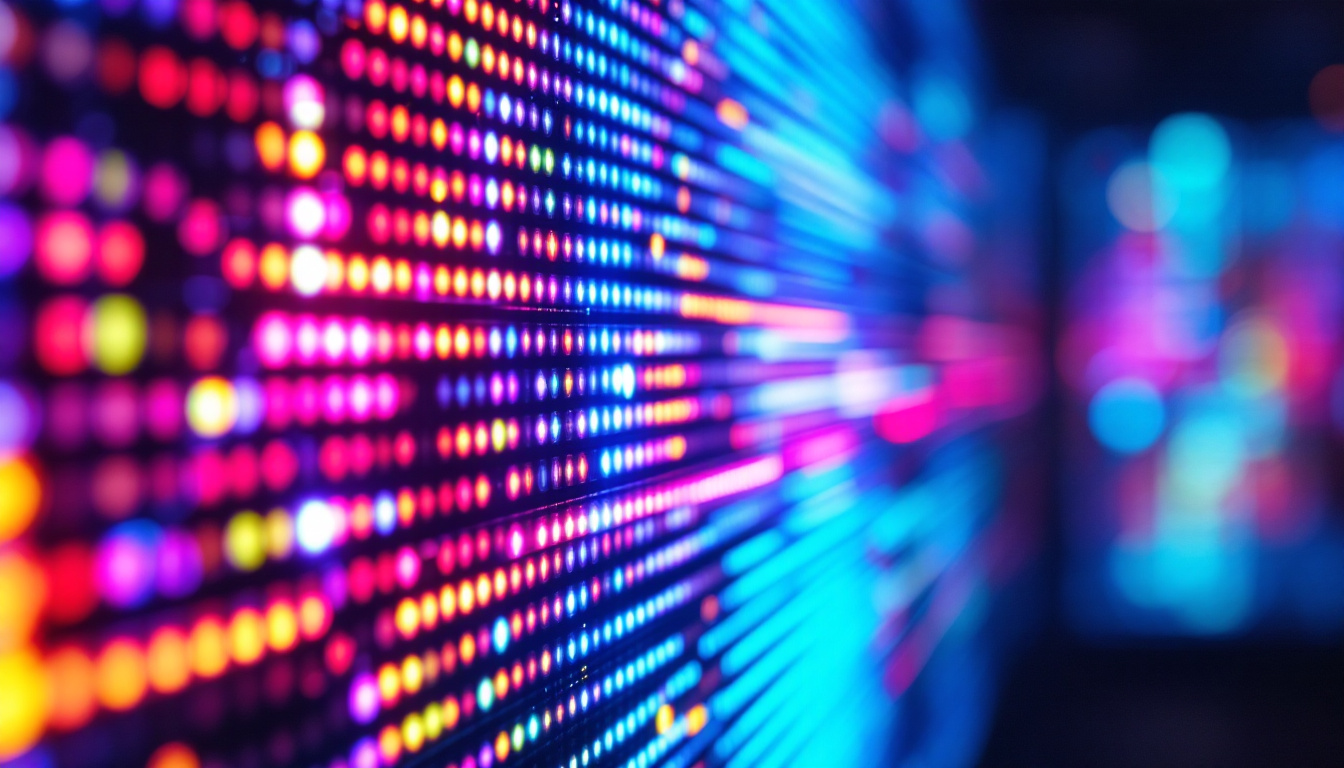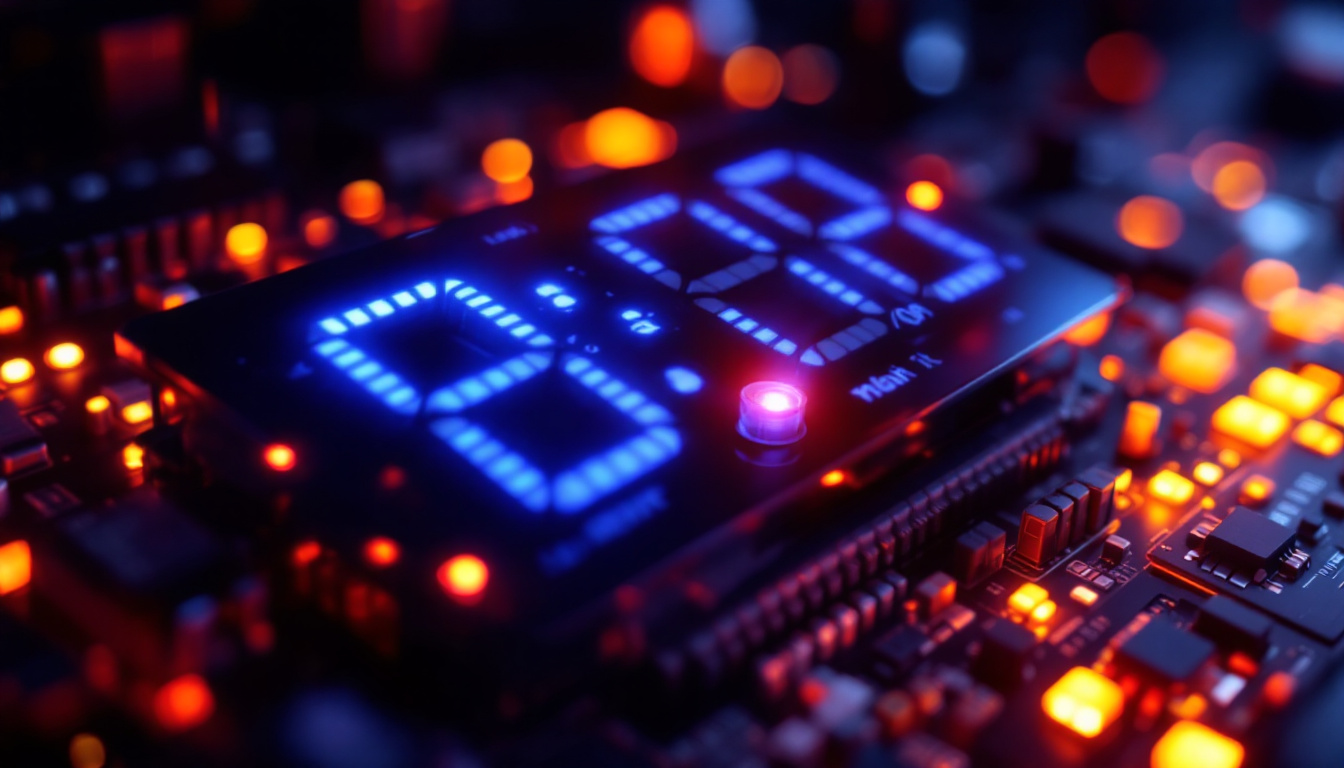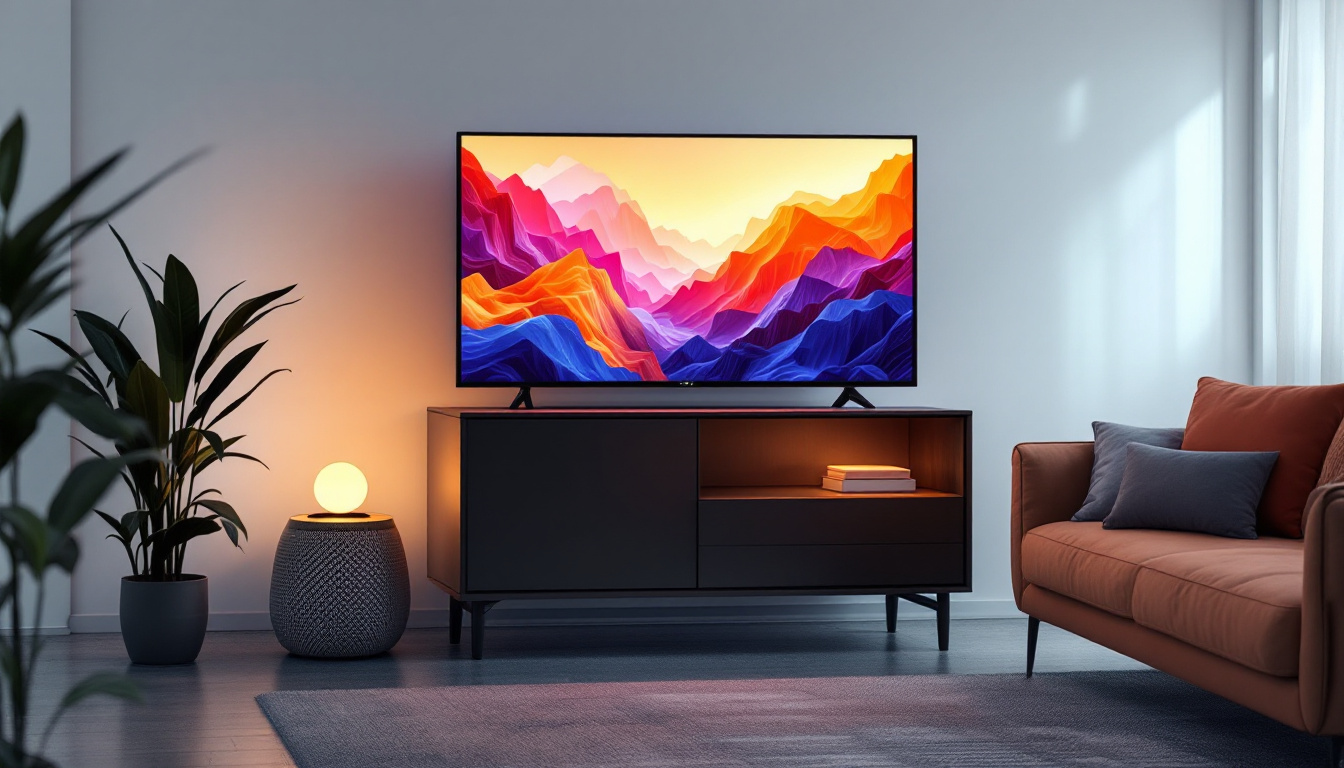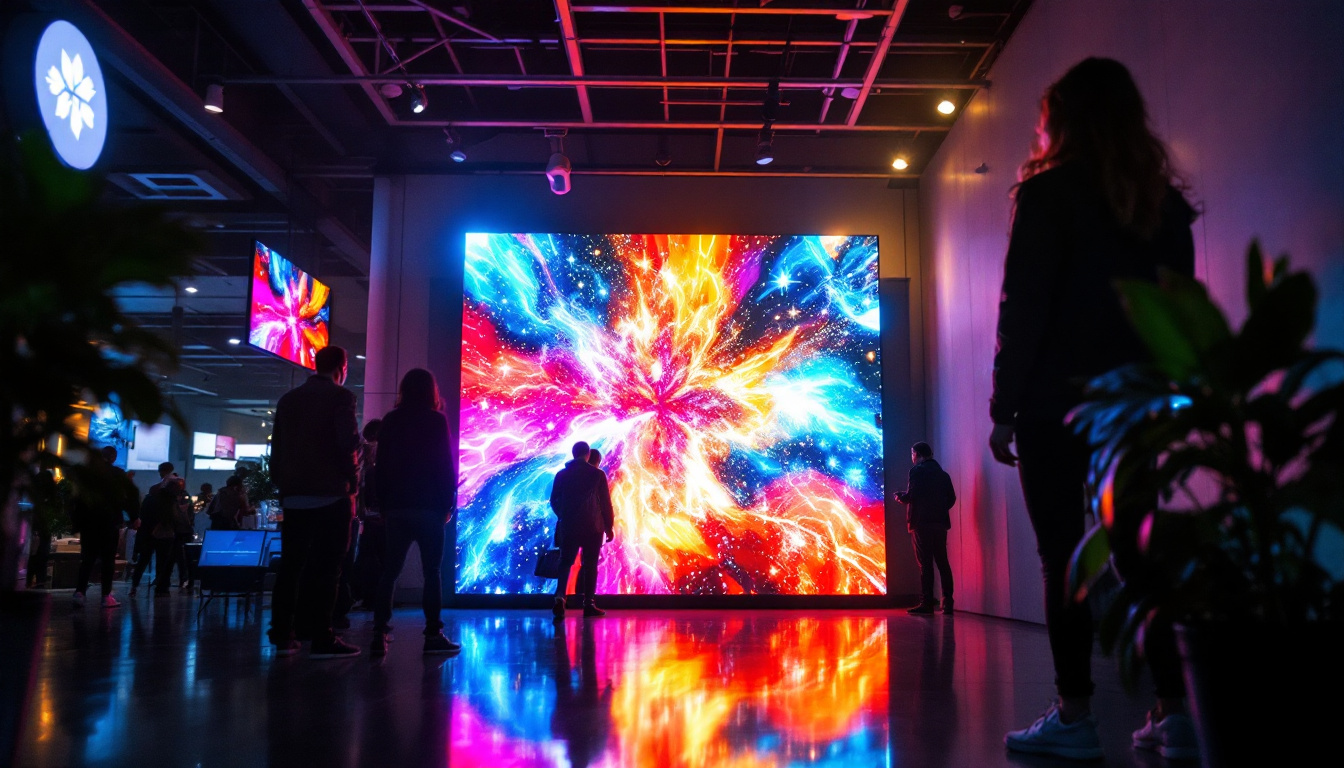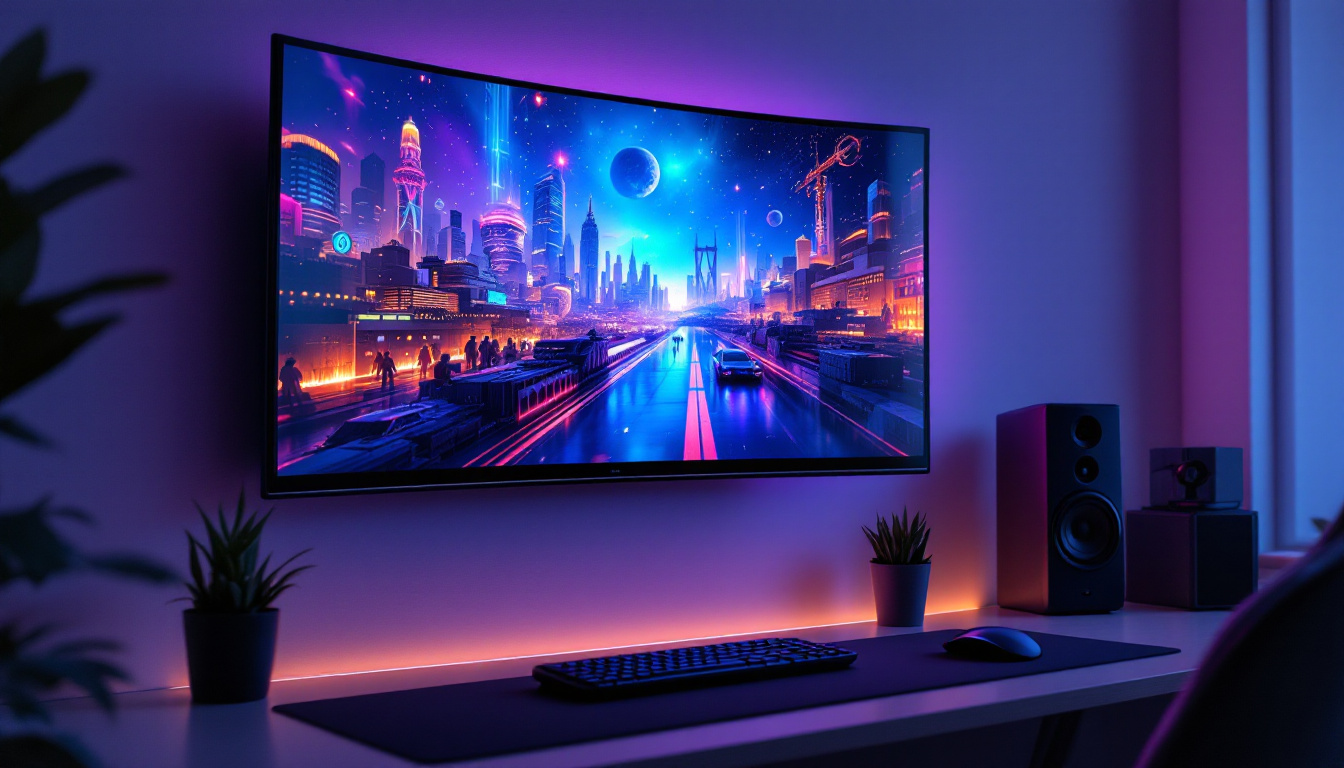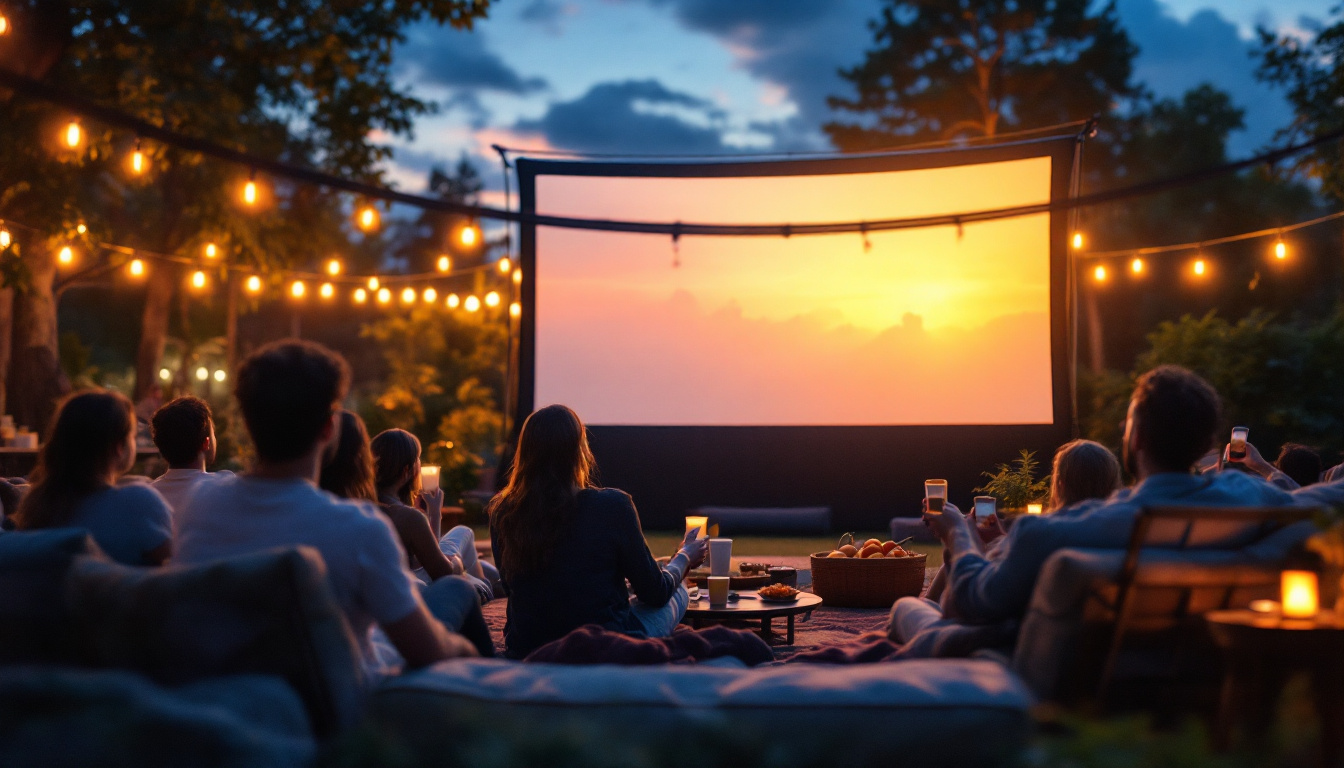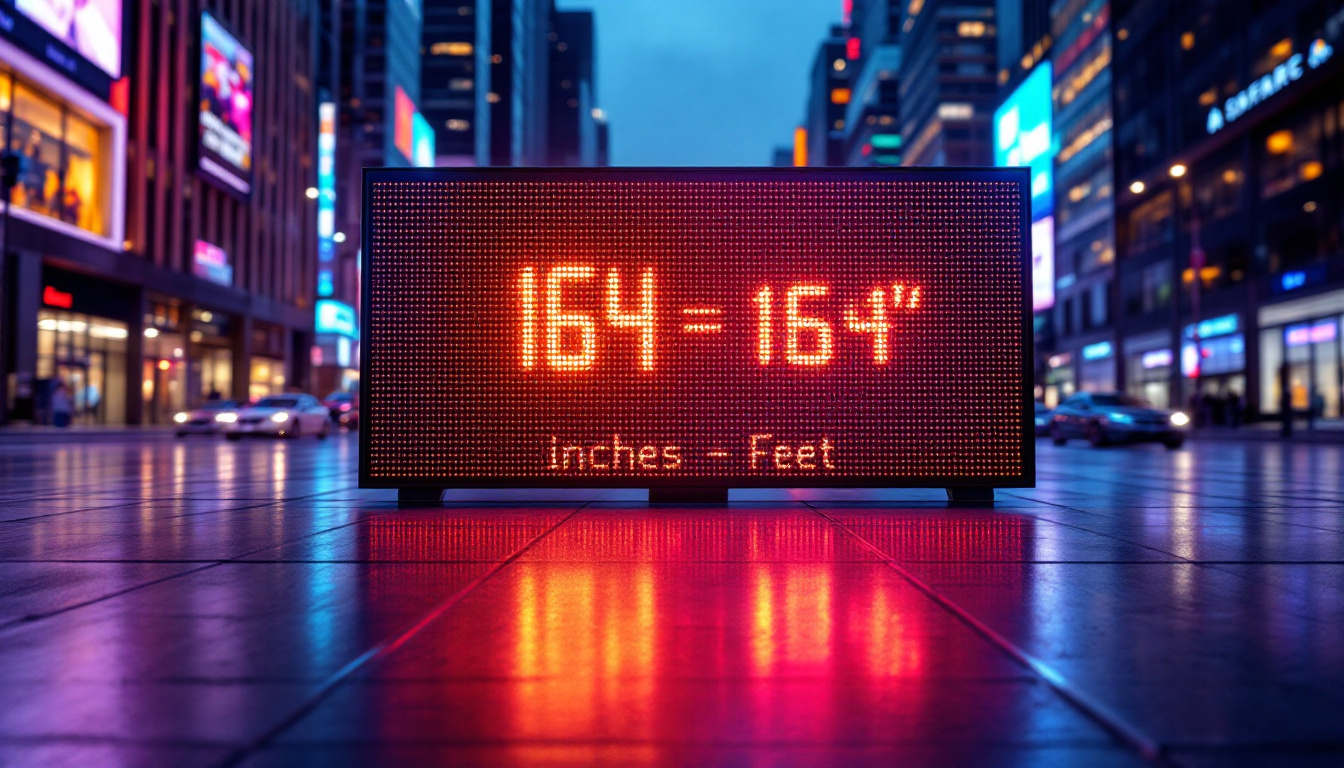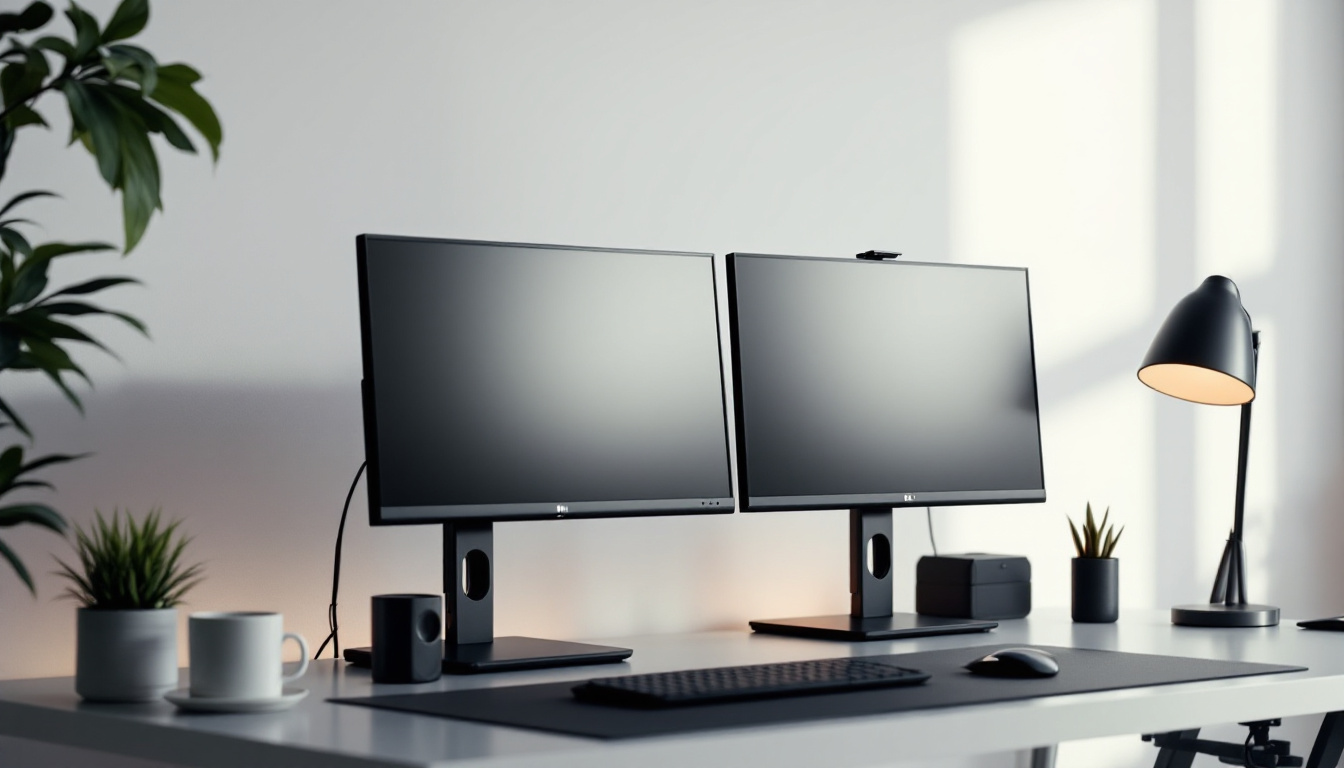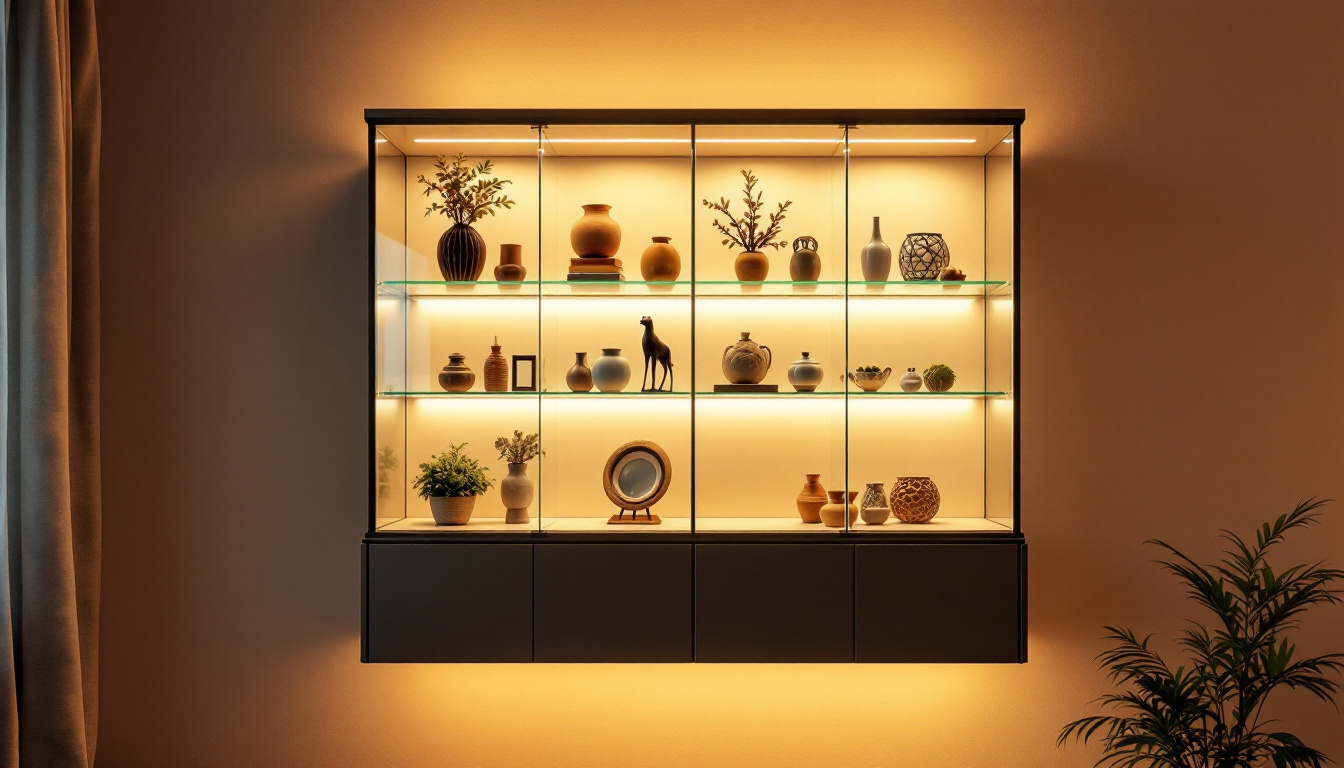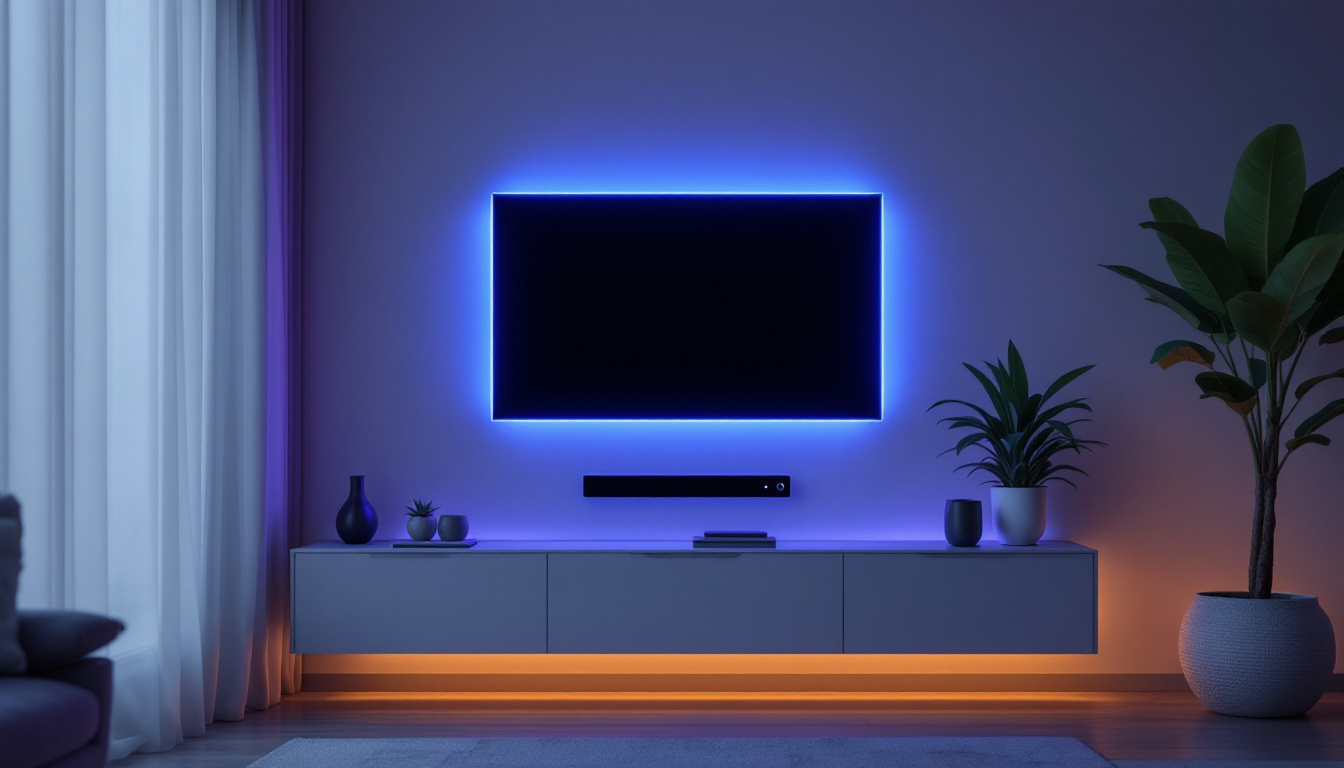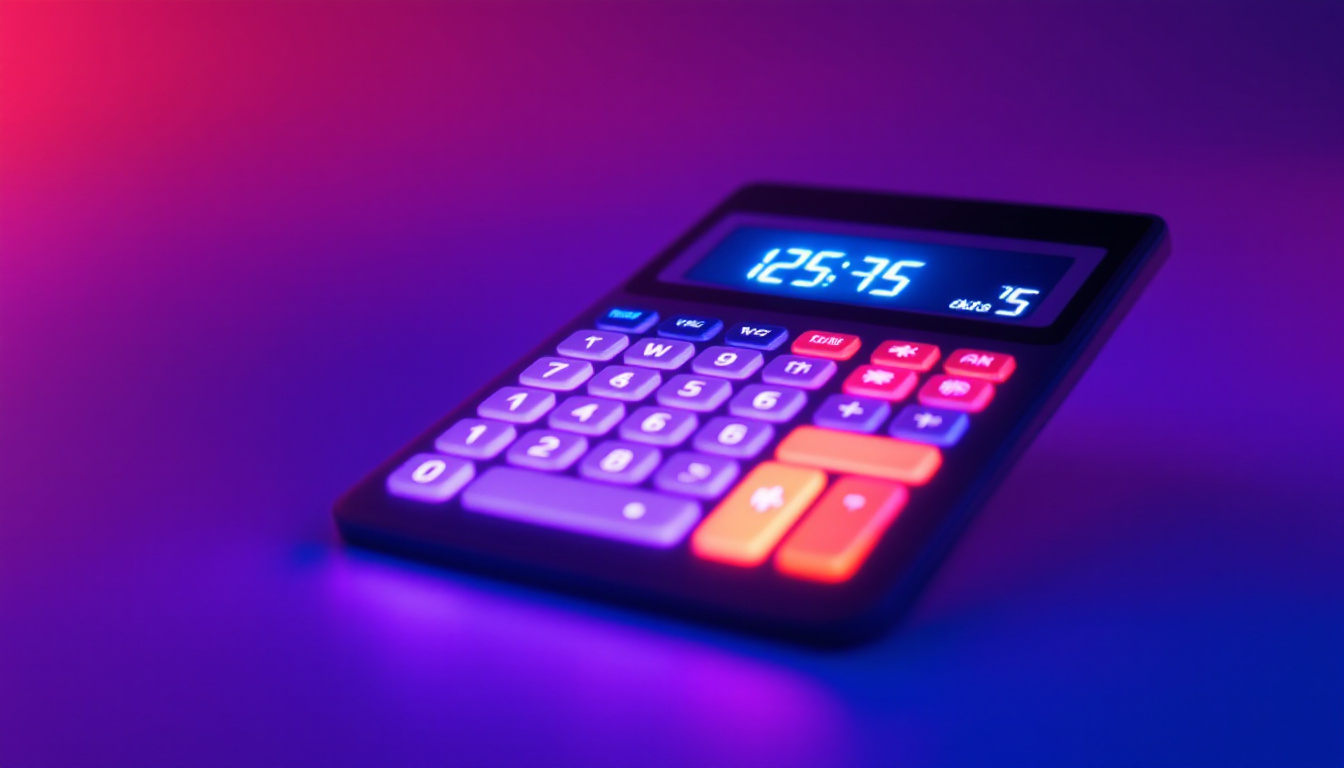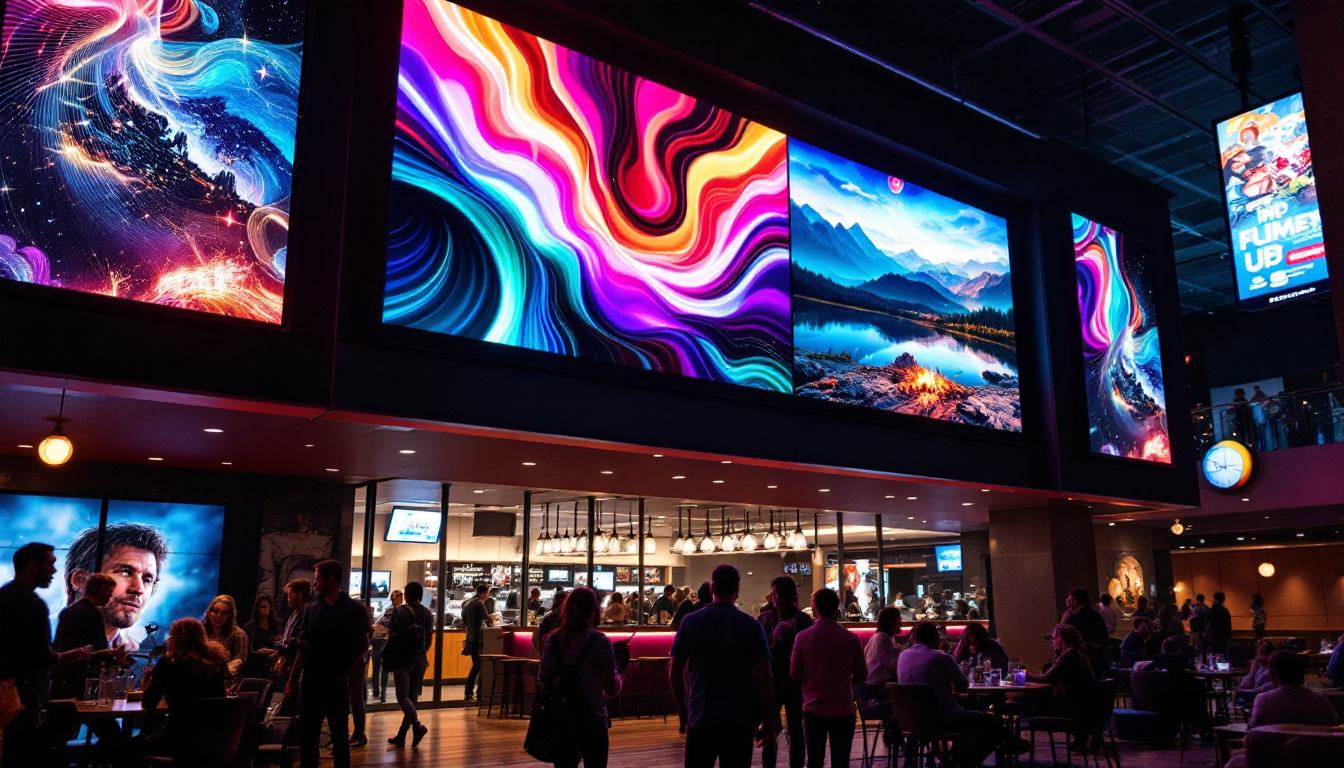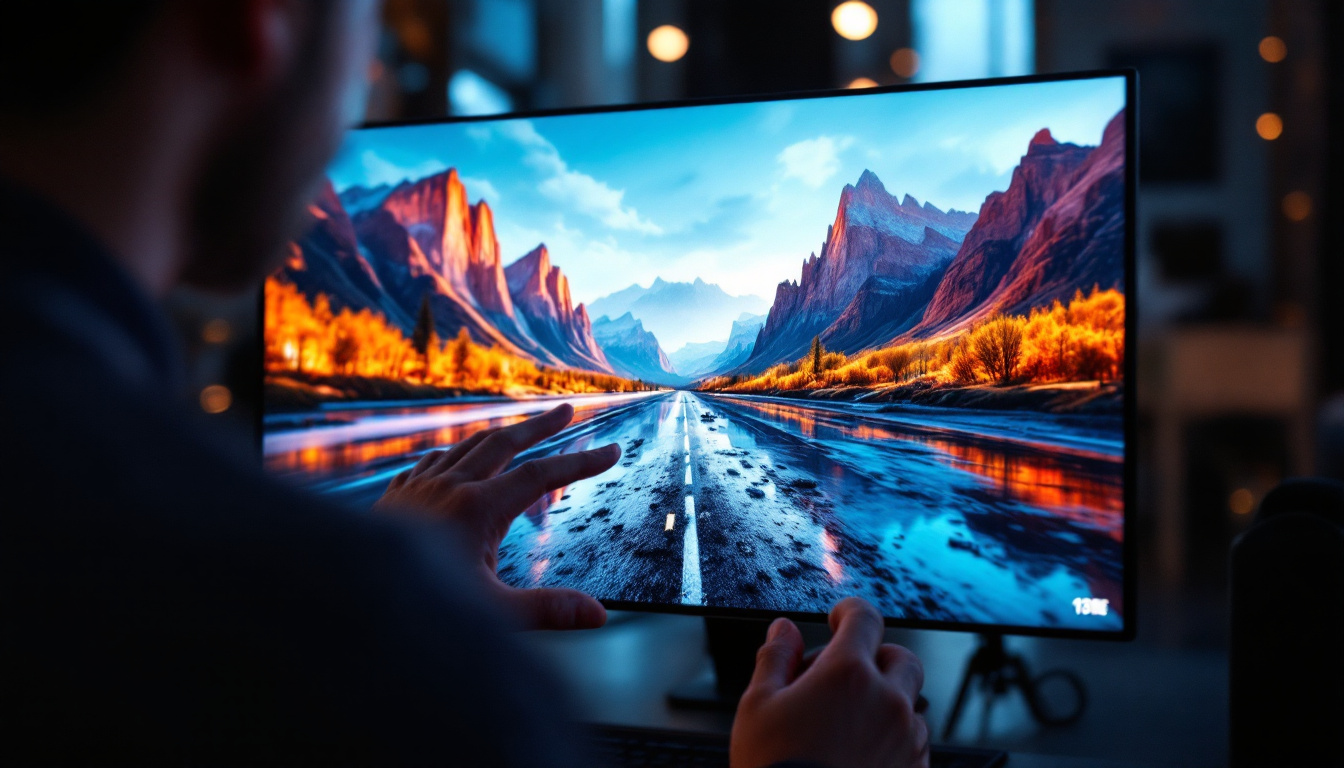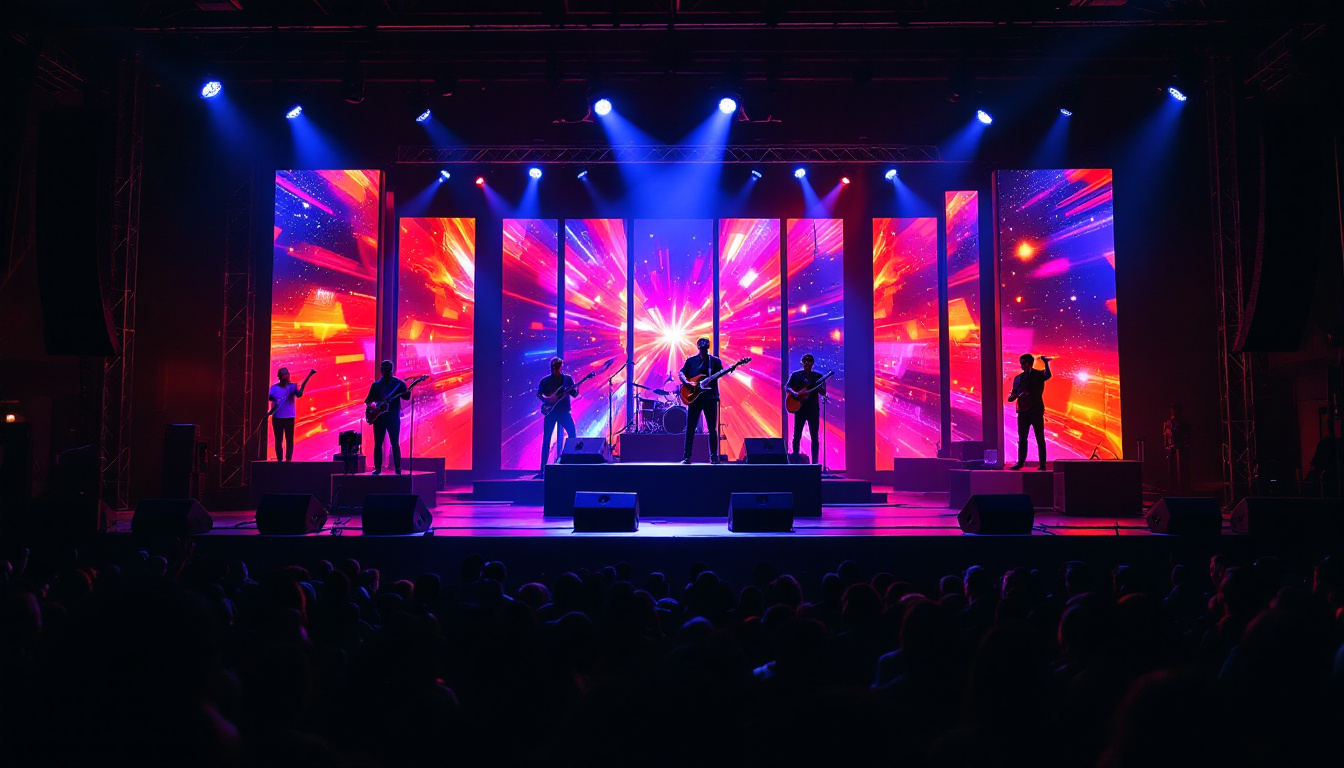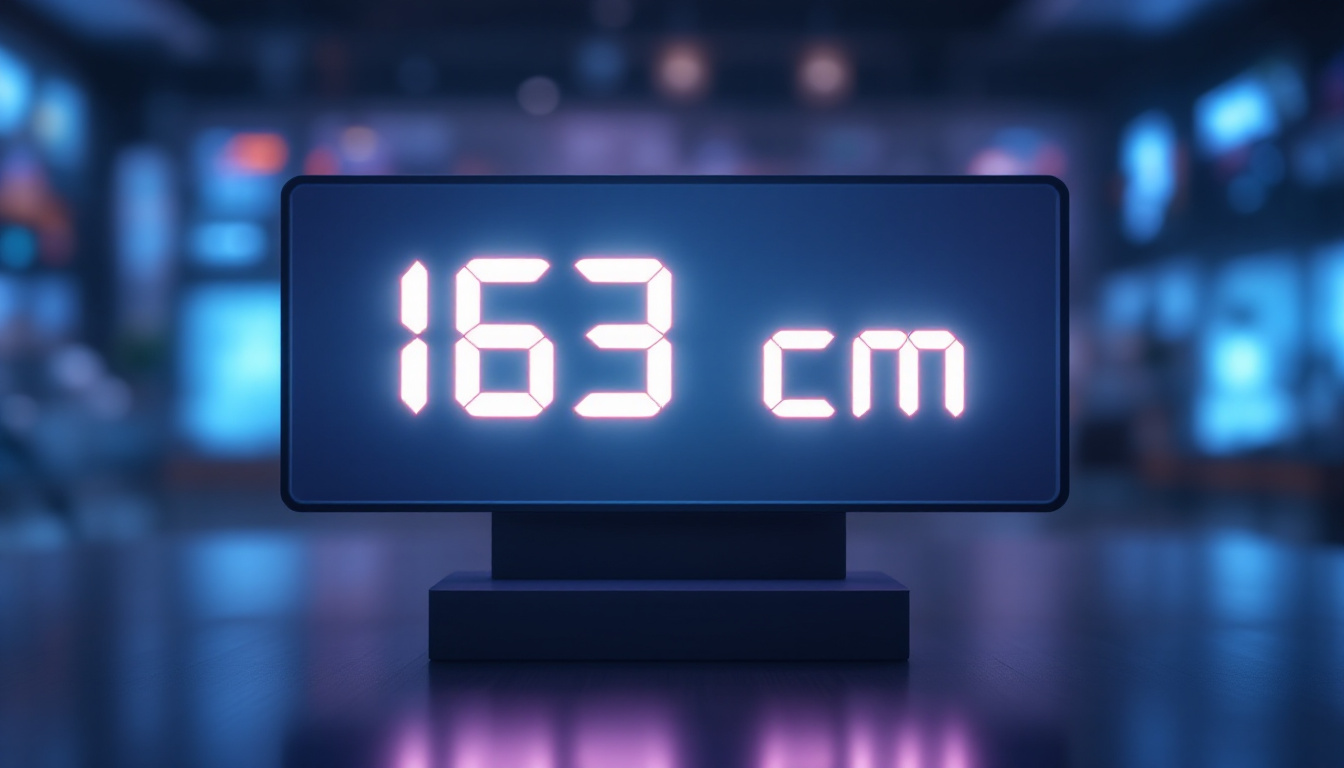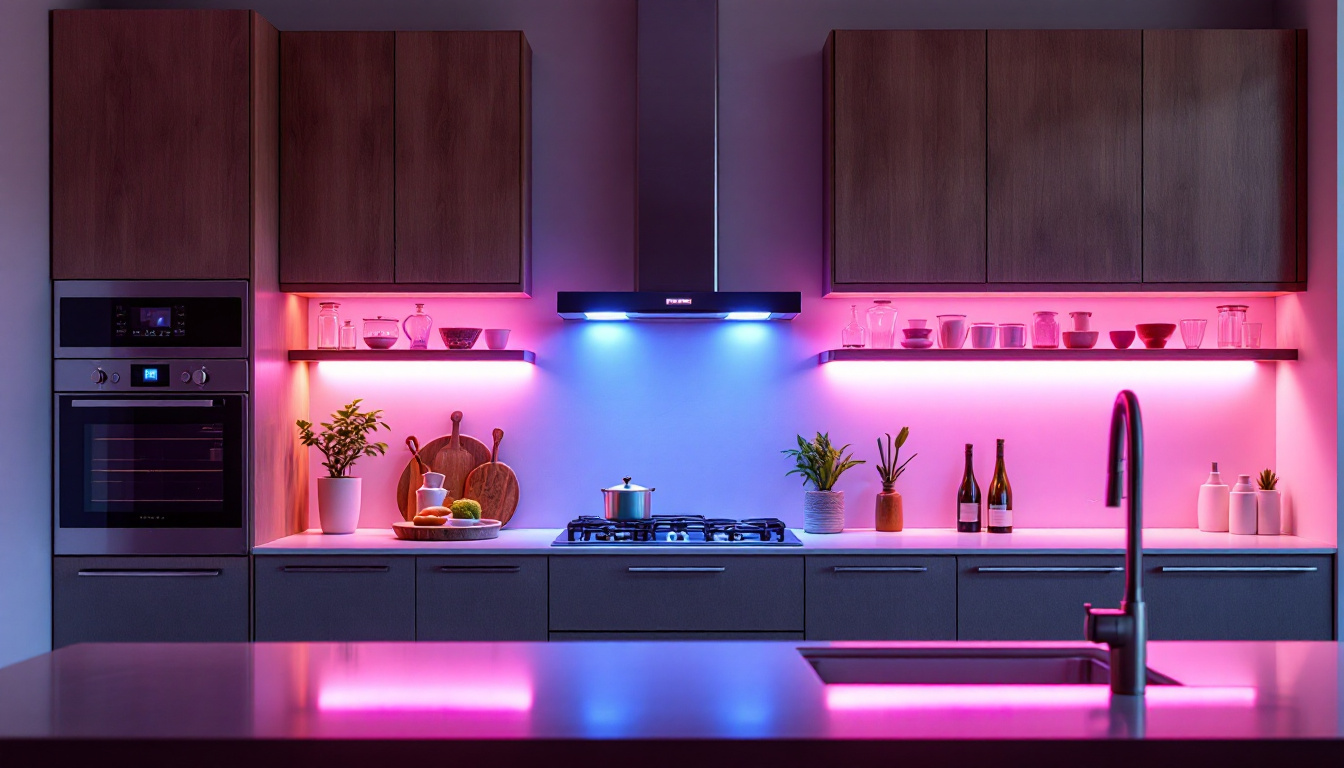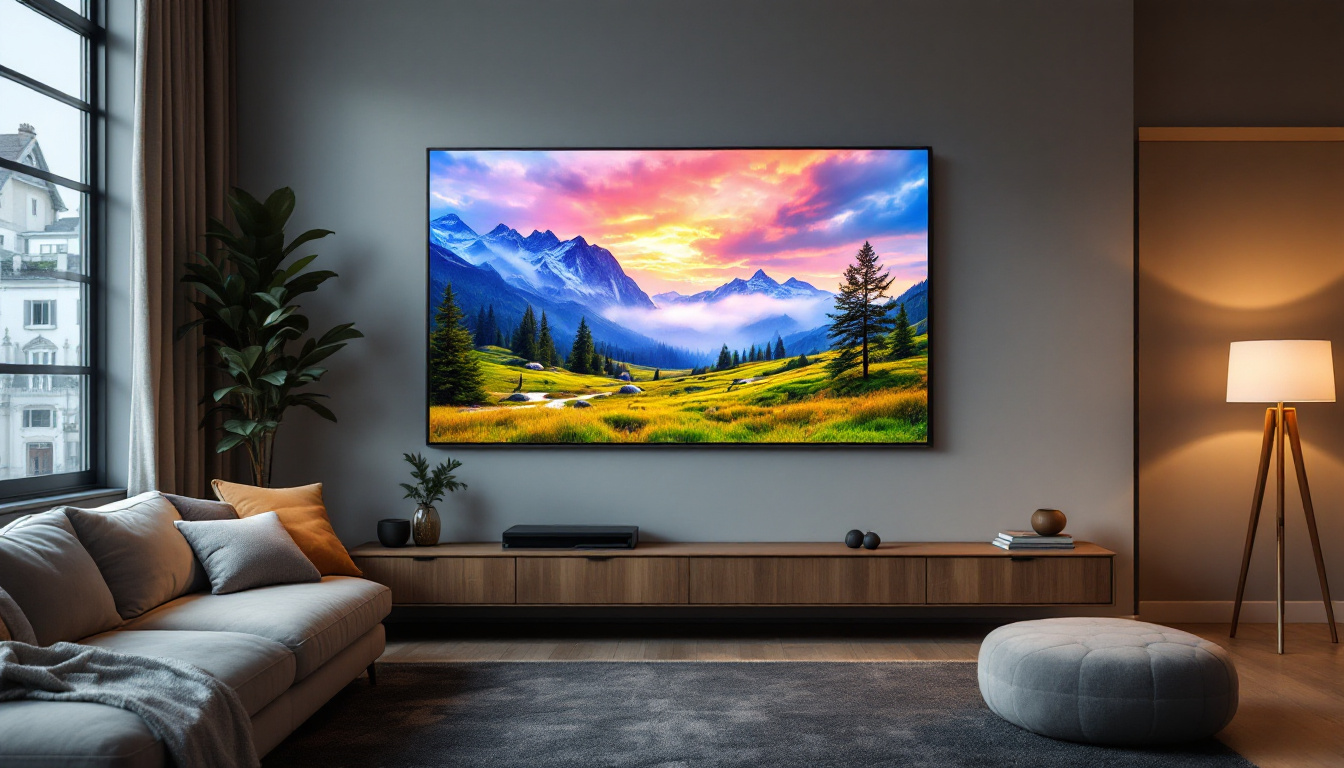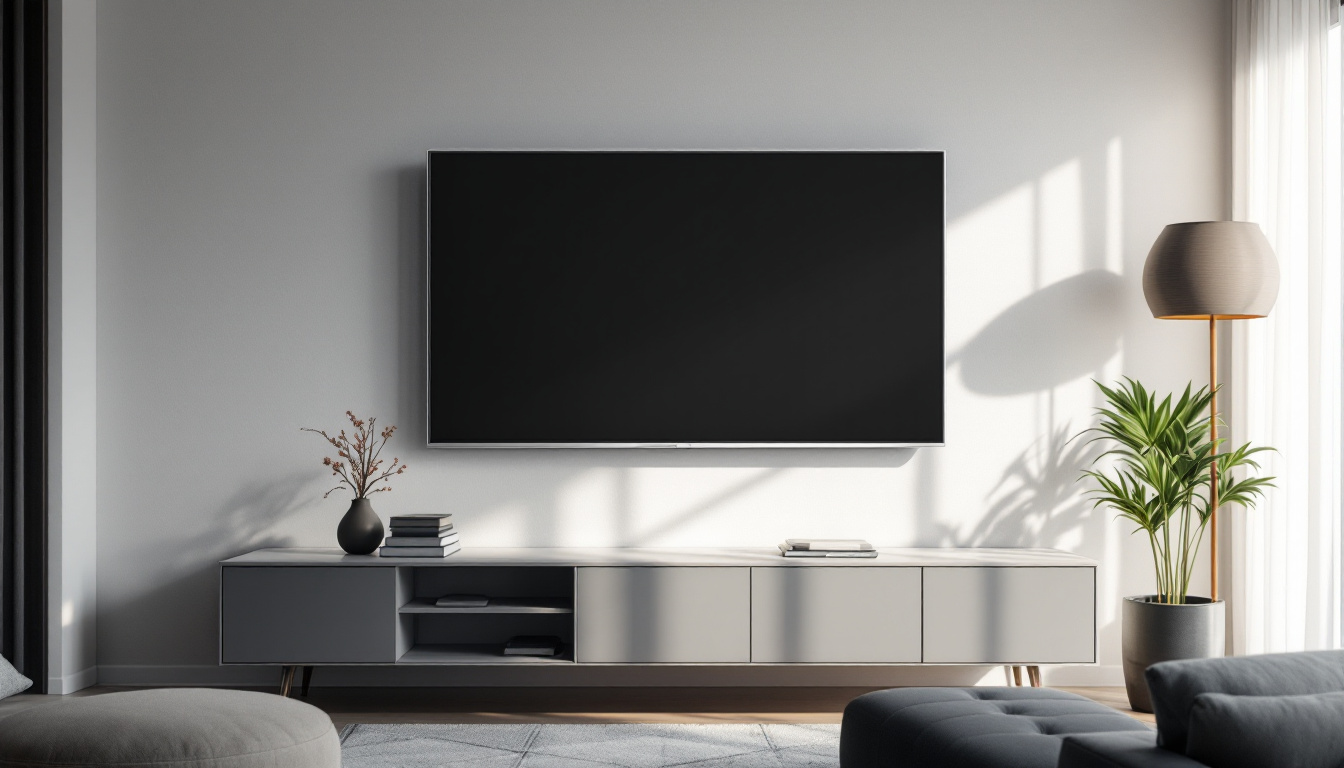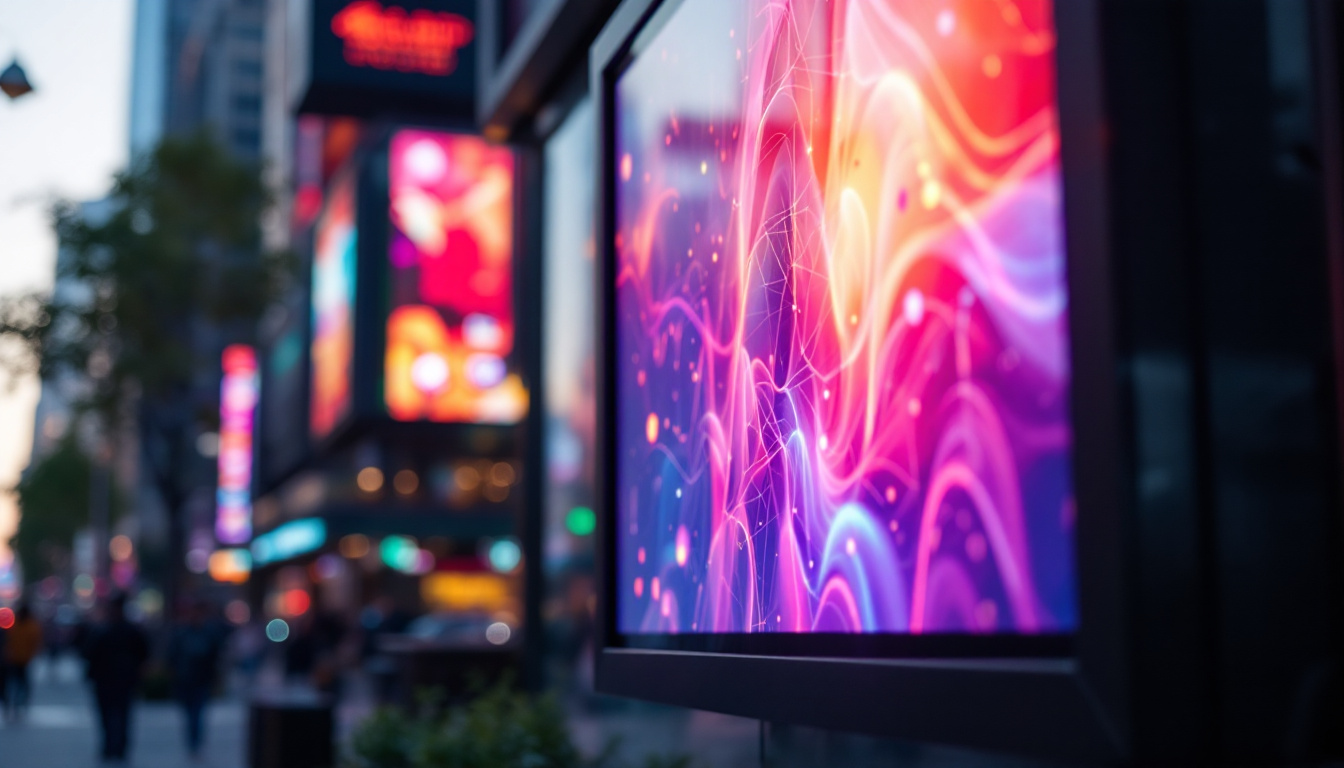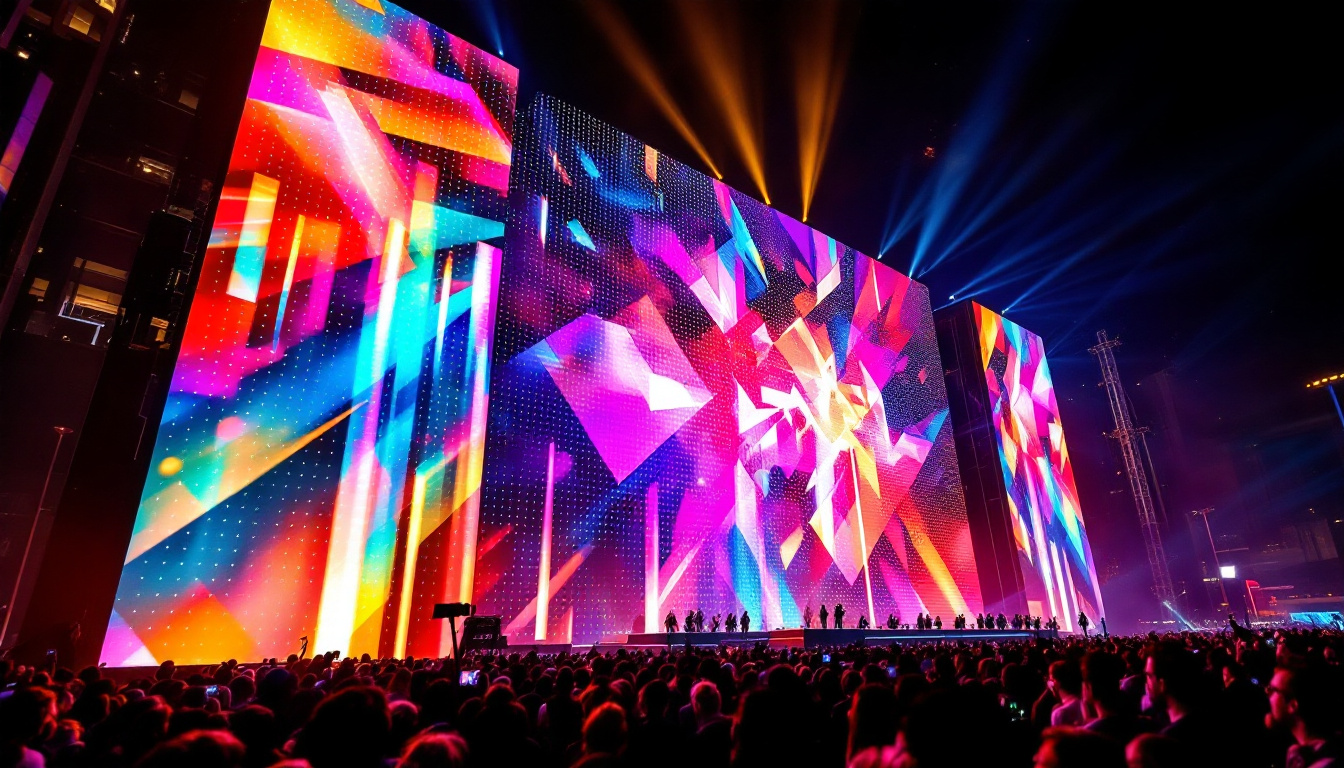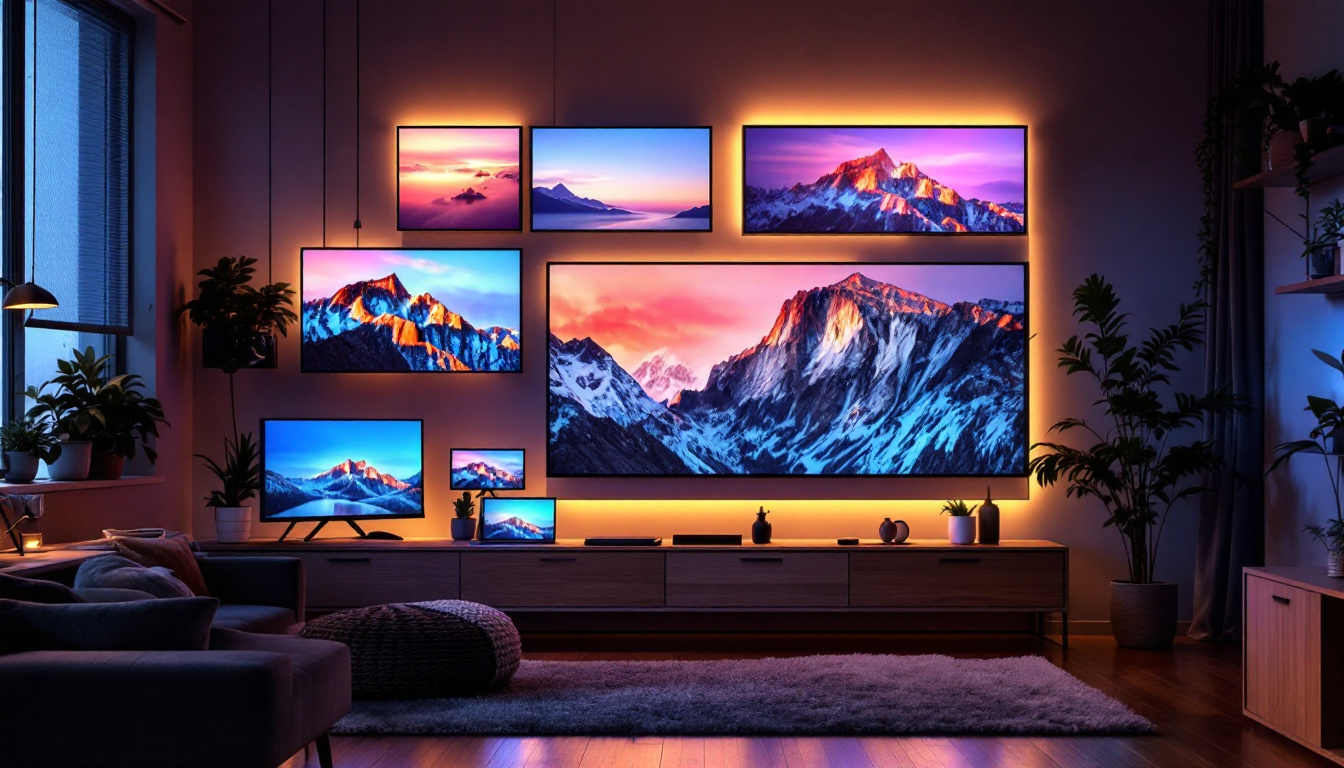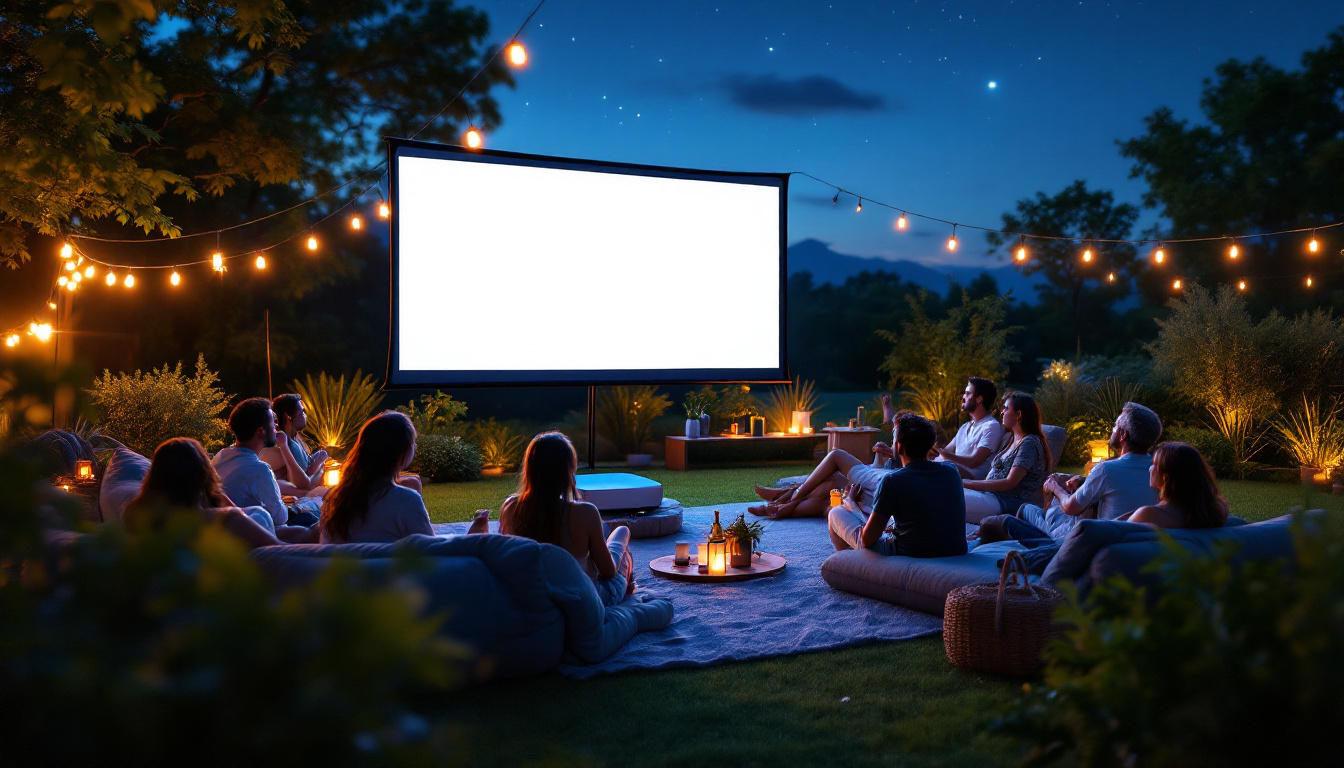In the world of modern advertising and information dissemination, LED displays have emerged as a transformative medium. These vibrant screens not only capture attention but also convey messages with clarity and precision. Among the various applications of LED technology, wall filling stands out as a powerful tool for businesses and organizations looking to enhance their visibility and engagement. This article delves into the intricacies of wall filling with LED displays, exploring their benefits, applications, and the technology behind them.
The Basics of LED Displays
LED displays, or light-emitting diode displays, utilize semiconductor technology to produce light. This innovation has revolutionized the way information is presented, making it more dynamic and visually appealing. Unlike traditional displays, LED screens offer superior brightness, energy efficiency, and longevity.
How LED Technology Works
At the core of LED technology are diodes that emit light when an electric current passes through them. These diodes can be arranged in various configurations to create images, videos, and text. The most common types of LED displays include:
- Direct View LED (DVLED): These displays consist of individual LED modules that form a larger screen. They are ideal for large installations and can create seamless images across extensive surfaces.
- LED-backlit LCD: This type uses LEDs to illuminate an LCD panel, providing better brightness and color accuracy compared to traditional backlighting methods.
- Organic LED (OLED): Utilizing organic compounds, OLED displays offer enhanced color contrast and flexibility, making them suitable for various applications.
The choice of technology depends on the specific requirements of the installation, including size, viewing distance, and environmental conditions.
Key Features of LED Displays
LED displays come with a range of features that make them suitable for various applications. Some of the most notable include:
- High Brightness: LED displays can achieve high levels of brightness, making them visible even in direct sunlight.
- Energy Efficiency: Compared to traditional display technologies, LEDs consume less power, leading to lower operational costs.
- Longevity: LED displays have a longer lifespan, often exceeding 100,000 hours, which reduces the need for frequent replacements.
These features contribute to the growing popularity of LED displays in various sectors, including retail, transportation, and entertainment.
The Concept of Wall Filling
Wall filling refers to the strategic placement of LED displays to create a visually impactful and immersive experience. This technique is often employed in environments where capturing attention is crucial, such as shopping malls, airports, and corporate offices.
Benefits of Wall Filling with LED Displays
The use of LED displays for wall filling offers numerous advantages:
- Enhanced Visibility: Large LED screens can be seen from a distance, making them ideal for attracting foot traffic in busy areas.
- dynamic content: Unlike static signage, LED displays can showcase a variety of content, including videos, animations, and real-time information.
- Brand Engagement: Interactive LED displays can engage customers by encouraging them to participate in promotions or events.
These benefits make wall filling an effective strategy for businesses aiming to boost their visibility and engage their audience.
Applications of Wall Filling
Wall filling with LED displays can be found in various sectors, each utilizing the technology to meet specific goals:
- Retail: Retailers use large LED displays to showcase products, promotions, and brand messages, creating an engaging shopping environment.
- Transportation: Airports and train stations employ LED displays for flight information, wayfinding, and advertising, ensuring travelers have access to real-time updates.
- Corporate: Businesses utilize wall filling in lobbies and conference rooms to display company information, achievements, and branding, enhancing their corporate identity.
These applications highlight the versatility of wall filling with LED displays, catering to diverse needs across industries.
Design Considerations for Wall Filling
When planning a wall filling project, several design considerations must be taken into account to ensure optimal results. These factors can significantly impact the effectiveness of the installation.
Size and Resolution
The size and resolution of the LED display are critical components of the design process. The size should be determined based on the viewing distance and the intended audience. For instance, displays intended for close viewing should have higher resolutions to maintain image clarity.
Resolution is measured in pixels per square meter, often referred to as pixel pitch. A smaller pixel pitch indicates a higher resolution, which is essential for detailed images and text. Conversely, larger pixel pitches may suffice for installations viewed from greater distances.
Placement and Orientation
The placement and orientation of the LED displays are equally important. Wall filling installations should be strategically positioned to maximize visibility and engagement. Considerations include:
- Viewing Angles: Ensure that the display is visible from multiple angles, particularly in high-traffic areas.
- Height: The height at which the display is mounted can affect visibility. It should be positioned at eye level or slightly above for optimal viewing.
- Environmental Factors: Consideration of environmental conditions such as sunlight exposure and weather is crucial, especially for outdoor installations.
These design elements play a vital role in the overall effectiveness of wall filling with LED displays.
Technical Aspects of LED Wall Filling
Understanding the technical components involved in LED wall filling is essential for successful implementation. This includes the hardware, software, and installation processes that contribute to a seamless display experience.
Hardware Components
The hardware of an LED wall filling installation typically consists of:
- LED Modules: These are the building blocks of the display, consisting of multiple LEDs arranged in a grid pattern.
- Power Supply: A reliable power supply is necessary to ensure consistent performance and brightness levels.
- Control System: The control system manages the content displayed on the screen, allowing for real-time updates and scheduling.
Each of these components must be carefully selected and integrated to create a cohesive and functional display.
Software Solutions
Software plays a crucial role in managing content and ensuring smooth operation of LED displays. Various software solutions are available, ranging from simple content management systems to advanced platforms that allow for interactive features. Key functionalities to consider include:
- Content Scheduling: The ability to schedule content for specific times ensures that the right message is delivered at the right moment.
- Remote Management: Remote access to the control system allows for quick updates and troubleshooting without the need for on-site visits.
- Analytics: Some software solutions offer analytics tools to track viewer engagement and assess the effectiveness of the displayed content.
Choosing the right software is essential for maximizing the potential of LED wall filling installations.
Installation Process
The installation of LED wall filling displays requires careful planning and execution. A well-structured installation process can prevent issues and ensure a successful outcome.
Site Assessment
Before installation, a thorough site assessment should be conducted. This involves evaluating the space where the display will be installed, considering factors such as:
- Structural Integrity: Ensure that the wall can support the weight of the LED modules and associated hardware.
- Electrical Requirements: Assess the availability of power sources and the need for additional electrical work.
- Environmental Conditions: Determine if weatherproofing is necessary for outdoor installations.
A comprehensive site assessment helps identify potential challenges and informs the installation strategy.
Professional Installation
While some businesses may consider a DIY approach, professional installation is often recommended for LED wall filling. Experienced technicians can ensure that:
- Modules are Properly Aligned: Correct alignment is crucial for a seamless display and optimal viewing experience.
- Wiring is Safely Managed: Proper wiring and connections are essential for safety and functionality.
- Calibration is Performed: Calibration ensures that brightness, color, and contrast levels are optimized for the installation environment.
Investing in professional installation can save time and prevent costly mistakes in the long run.
Maintenance and Support
Once an LED wall filling installation is complete, ongoing maintenance is essential to ensure its longevity and performance. Regular maintenance can prevent issues and extend the lifespan of the display.
Routine Maintenance Tasks
Routine maintenance tasks for LED displays include:
- Cleaning: Dust and debris can accumulate on the surface of the display, affecting visibility. Regular cleaning helps maintain image quality.
- Software Updates: Keeping the control software up to date ensures that the display operates efficiently and securely.
- Performance Checks: Regular checks on brightness, color accuracy, and functionality can help identify potential issues before they escalate.
Establishing a maintenance schedule can help ensure that the display remains in optimal condition.
Technical Support
Having access to technical support is crucial for addressing any issues that may arise. Many manufacturers and installation companies offer support services to assist with troubleshooting and repairs. Key considerations include:
- Warranty Coverage: Understanding warranty terms can provide peace of mind regarding potential repairs or replacements.
- Response Time: Quick response times for support requests can minimize downtime and ensure that the display remains operational.
- Training: Providing training for staff on basic troubleshooting and operation can empower them to address minor issues independently.
Investing in maintenance and support ensures that LED wall filling installations continue to deliver value over time.
The Future of LED Wall Filling
The future of LED wall filling is promising, with continuous advancements in technology and design. As the demand for dynamic and engaging displays grows, several trends are emerging in the industry.
Innovative Technologies
Emerging technologies are set to enhance the capabilities of LED displays. Some notable trends include:
- Flexible LED Displays: These displays can be bent and shaped to fit various surfaces, allowing for creative installations.
- Transparency: Transparent LED displays enable new applications in retail and architecture, allowing for visibility through the screen while still displaying content.
- Interactive Features: Integration of touch and gesture recognition technology will create more engaging experiences for viewers.
These innovations will continue to expand the possibilities for wall filling with LED displays, making them even more versatile and impactful.
Sustainability Initiatives
As environmental concerns grow, the LED display industry is increasingly focusing on sustainability. Efforts include:
- Energy Efficiency: Continued improvements in energy efficiency will reduce the carbon footprint of LED displays.
- Recyclable Materials: Manufacturers are exploring the use of recyclable materials in production to minimize waste.
- Longer Lifespans: Enhancing the durability of LED displays will reduce the frequency of replacements, further contributing to sustainability efforts.
These initiatives reflect a commitment to responsible practices within the industry.
Conclusion
Wall filling with LED displays represents a powerful tool for businesses and organizations seeking to enhance their visibility and engagement. With their dynamic capabilities, energy efficiency, and versatility, LED displays are transforming the way information is communicated. By understanding the technology, design considerations, and maintenance requirements, stakeholders can leverage this innovative medium to create impactful experiences that resonate with audiences. As the industry continues to evolve, the future of LED wall filling promises even greater possibilities for creativity and engagement.
Discover the Future of Visual Engagement with LumenMatrix
Ready to elevate your space with cutting-edge LED display technology? LumenMatrix is at the forefront of creating immersive environments through innovative LED solutions. From vibrant Indoor and Outdoor LED Wall Displays to dynamic Vehicle and Sports Displays, our extensive range caters to every need. Experience the revolution in visual communication with our Custom, All-in-One, and Transparent LED Displays, designed to captivate and engage your audience like never before. Check out LumenMatrix LED Display Solutions today and transform your brand’s visibility with unparalleled clarity and impact.

